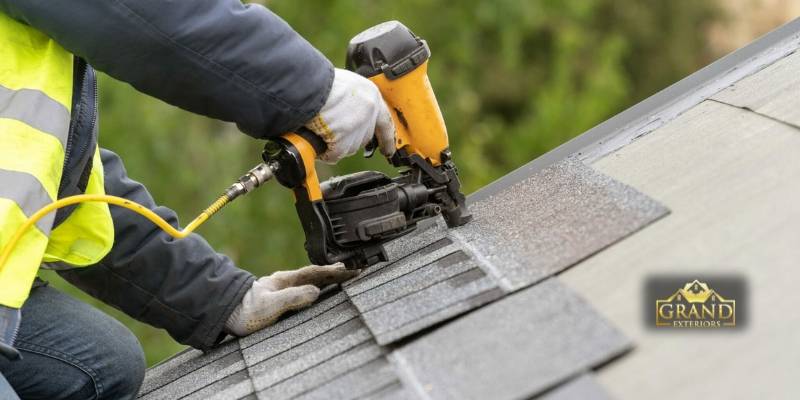Installing a new roof is an important step in the safety of your home and in protecting your investment. Although it may look like a big effort, the more you know about the steps involved in the process of getting a new roof, the more confident you will feel. With proper preparation, you will feel ready for the full scope of the project and feel a sense of comfort.
A professional roof replacement is a multi-phase process managed by an experienced crew. Here is a step-by-step breakdown that you can usually expect.
Phase 1: Groundwork/Planning Stage
First Consultation: It all begins with the roof issue inspection performed by a qualified roofing contractor. The condition of your roof will be evaluated, alternative materials will be discussed; furthermore, and your concerns will be addressed.
Formal Estimate: You will be issued a detailed formal proposal detailing the scope of work, materials to be used (by brand, type, and color), timelines, total costs, and payment schedule. This is your plan.
Scheduling: Once you approve the proposal, a date will be scheduled for work to commence. Quality companies will advise you how long it will take to complete .
Phase 2: Project Kickoff and Removal
On the first morning of the project, the crew will arrive and begin transforming your home.
Site Setup: The team will begin by placing a large dumpster or trailer in your driveway to handle the old roofing materials. They will then lay down protective coverings on the ground around your house and use wheeled magnets or nail rollers to help catch stray nails.
The Tear-Off Process: This is the noisiest part of the project. The crew will systematically remove the old shingles, underlayment, and any old flashing. This exposes the roof deck—the wooden foundation of your roof.
The Critical Inspection: With the deck fully exposed, the foreman will conduct a thorough inspection. They are looking for soft spots, rot, or any water damage that is not visible from the outside.
Phase 3: Assembling Your New Roof
This phase involves putting together a complete, watertight system from the ground up. Identifying the next step, or vice versa.
Installing the Underlayment: We’re all set to start, and we begin by installing new drip edge metal on the eaves to direct water away from the fascia. Then, we apply a special waterproof membrane in the valleys, at the eaves, and in other vulnerable areas of the roof to protect against ice and water. Then we will roll out a complete layer of synthetic, or felt underlayment, with help from the crew, which is large enough to protect the whole deck with a product that would serve as a needed moisture barrier.
Flashing: New flashing is installed as needed, to every penetration, including chimneys, vent pipes, skylights, as well as walls that meet the roof deck. Flashing is likely the most important detail to address leaks.
New Roof Material: Now the main event, the roofing, it could be any material from shingles to stand seam panels, but regardless of what we put in for a finished material, the crew will install one to the manufacturer’s specifications. We make sure they are straight, secured properly, overlapped properly, weather-tight, etc.
Phase 4: Finishing Touch and Cleaning
An installation and/or repair is not complete until the site is immaculate.
Complete cleaning: The crew will carefully refine your property along with your driveways and landscaping, using powerful magnets and blowers to ensure that no stray nails, roof debris, or packaging are left behind. In other words, their goal is to leave their property clean.
The Final Walk-Through: Project Foreman and often the project manager will hold the final walkthrough with you. They will review the work that was done, show you important features of your new roof, and ensure that you are completely satisfied.
Paper action and warranty: You will receive paperwork for your manufacturer’s warranty. In addition, a reliable company will provide a workmanship warranty, which is the warranty for installation, and it should also be placed with other important documents for your home.
Conclusion
Changing the roof of a house may seem like a difficult task, but it can be an idea to consider it, as it can set a long way towards reducing your stress. By initial inspection through final cleaning, the inspiration formed for each of these phases is to preserve your home and maintain permanent performance. If you are using a good roofing contractor, having your house ready prior to your replacement date, and understanding where you are within the process, one can be at ease with the project as a whole. In the long run, a new roof is not only a fix, it’s an investment in the safety, efficiency, and long-term value of your house.




